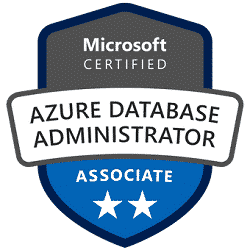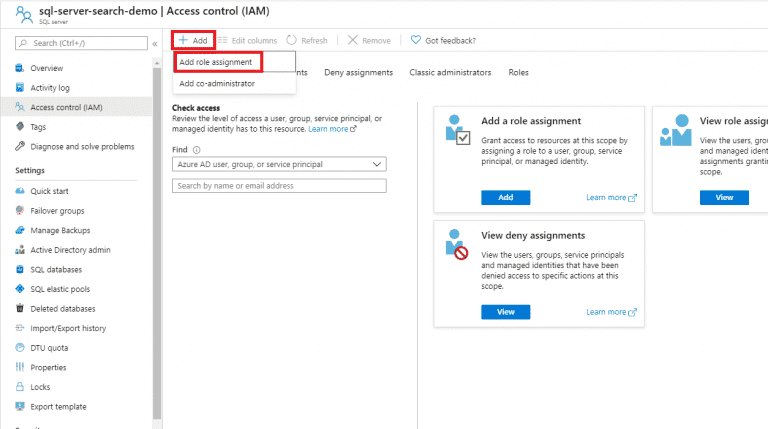Administering Microsoft Azure SQL Solutions DP-300

The DP-300 Administering Microsoft Azure SQL Solutions Course is designed to teach IT professionals and database administrators how to manage and monitor Azure SQL-based solutions, including Azure SQL Database and Azure SQL Managed Instance. During the course, participants will learn to leverage different Azure features and services to ensure the availability, security and performance of SQL solutions. One of the main objectives of the course is to provide participants with an in-depth understanding of the deployment and configuration options available for Azure SQL Database and Azure SQL Managed Instance. They will learn to manage and monitor database resources using Azure tools and services, such as Azure Portal, Azure PowerShell, Azure CLI, and Azure Monitor. Another important focus of the course is performance optimization and management of database resources. Participants will learn how to monitor and optimize database performance, manage indexes and queries, and allocate resources effectively to ensure scalability and reliability of SQL solutions. Finally, the course covers backup and recovery strategies, teaching participants how to plan, implement and monitor backup and recovery solutions to ensure business continuity and data protection in the event of a failure or data loss. The course helps prepare for the Azure Database Administrator Certification exam .
Course Objectives
Below is a summary of the main objectives of the Administering Microsoft Azure SQL Solutions DP-300 Course :
- Manage and monitor Azure SQL solutions.
- Leverage Azure capabilities for availability and security.
- Optimize database performance.
- Implement backup and recovery strategies.
- Use Azure tools and services for database management.
- Implement high availability and disaster recovery solutions for Azure SQL databases.
- Configure and manage Azure SQL Database security.
- Automate administrative tasks using Azure Automation and PowerShell scripts for Azure SQL solutions
Course Certification
This course helps you prepare to take the:
DP-300 Azure Database Administrator exam
Course Outline
Implement containerized solutions
- Create and manage container images for solutions
- Publish an image to Azure Container Registry
- Run containers
Plan and deploy Azure SQL solutions
- Deploy database offerings on selected platforms
- Understand automated deployment
- Apply patches and updates for hybrid and infrastructure as a service (IaaS) deployment
- Deploy hybrid SQL Server solutions
- Recommend an appropriate database offering based on specific requirements
- Evaluate the security aspects of the possible database offering
- Recommend a table partitioning solution
- Recommend a database sharding solution
Configure resources for scale and performance
- Configure Azure SQL Database for scale and performance
- Configure Azure SQL Managed Instance for scale and performance
- Configure SQL Server on Azure Virtual Machines for scale and performance
- Configure table partitioning
- Configure data compression
Plan and implement a migration strategy
- Evaluate requirements for the migration
- Evaluate offline or online migration strategies
- Implement an online migration strategy
- Implement an offline migration strategy
- Perform post migration validations
- Troubleshoot a migration
- Set up SQL Data Sync for Azure
- Implement a migration to Azure
- Implement a migration between Azure SQL services
Configure database authentication and authorization
- Configure authentication by using Active Directory and Microsoft Entra ID
- Create users from Microsoft Entra identities
- Configure security principals
- Configure database and object-level permissions using graphical tools
- Apply principle of least privilege for all securables
- Troubleshoot authentication and authorization issues
- Manage authentication and authorization by using T-SQL
Implement security for data at rest and data in transit
- Implement transparent data encryption (TDE)
- Implement object-level encryption
- Configure server- and database-level firewall rules
- Implement Always Encrypted
- Configure secure access
- Configure Transport Layer Security (TLS)
Implement compliance controls for sensitive data
- Apply a data classification strategy
- Configure server and database audits
- Implement data change tracking
- Implement dynamic data masking
- Manage database resources by using Azure Purview
- Implement Azure SQL Database ledger
- Implement row-level security
- Configure Microsoft Defender for SQL
Monitor resource activity and performance
- Prepare an operational performance baseline
- Determine sources for performance metrics
- Interpret performance metrics
- Configure and monitor activity and performance
- Monitor by using SQL Insights
- Monitor by using Extended Events
Monitor and optimize query performance
- Configure Query Store
- Monitor by using Query Store
- Identify sessions that cause blocking
- Identify performance issues using dynamic management views (DMVs)
- Identify and implement index changes for queries
- Recommend query construct modifications based on resource usage
- Assess the use of query hints for query performance
- Review execution plans
Configure database solutions for optimal performance
- Implement index maintenance tasks
- Implement statistics maintenance tasks
- Implement database integrity checks
- Configure database automatic tuning
- Configure server settings for performance
- Configure Resource Governor for performance
- Implement database-scoped configuration
- Configure compute and storage resources for scaling
- Configure intelligent query processing (IQP)
Create and manage SQL Server Agent jobs
- Manage schedules for regular maintenance jobs
- Configure job alerts and notifications
- Troubleshoot SQL Server Agent jobs
Automate deployment of database resources
- Automate deployment by using Azure Resource Manager templates (ARM templates) and Bicep
- Automate deployment by using PowerShell
- Automate deployment by using Azure CLI
- Monitor and troubleshoot deployments
Create and manage database tasks in Azure
- Create and configure elastic jobs
- Create and configure database tasks by using automation
- Automate database workflows by using Azure Logic Apps
- Configure alerts and notifications on database tasks
- Troubleshoot automated database tasks
Recommend an HA/DR strategy for database solutions
- Recommend HA/DR strategy based on Recovery Point Objective/Recovery Time Objective (RPO/RTO) requirements
- Evaluate HA/DR for hybrid deployments
- Evaluate Azure-specific HA/DR solutions
- Recommend a testing procedure for an HA/DR solution
Plan and perform backup and restore of a database
- Recommend a database backup and restore strategy
- Perform a database backup by using database tools
- Perform a database restore by using database tools
- Perform a database restore to a point in time
- Configure long-term backup retention
- Backup and restore a database by using T-SQL
- Backup and restore to and from cloud storage
Configure HA/DR for database solutions
- Configure active geo-replication
- Configure an Always On availability group
- Configure auto-failover groups
- Configure quorum options for a Windows Server Failover Cluster
- Configure Always On Failover Cluster Instances on Azure virtual machines
- Configure log shipping
- Monitor an HA/DR solution
- Troubleshoot an HA/DR solution
y using Azure Container Instance
- Create solutions by using Azure Container Apps
Implement Azure App Service Web Apps
- Create an Azure App Service Web App
- Enable diagnostics logging
- Deploy code to a web app
- Configure web app settings including Secure Sockets Layer (SSL), API settings, and connection strings
- Implement autoscaling
Implement Azure Functions
- Create and configure an Azure Function App
- Implement input and output bindings
- Implement function triggers by using data operations, timers, and webhooks
Develop solutions that use Azure Cosmos DB
- Perform operations on containers and items by using the SDK
- Set the appropriate consistency level for operations
- Implement change feed notifications
Develop solutions that use Azure Blob Storage
- Set and retrieve properties and metadata
- Perform operations on data by using the appropriate SDK
- Implement storage policies and data lifecycle management
- Implement static site hosting
Implement user authentication and authorization
- Authenticate and authorize users by using the Microsoft Identity platform
- Authenticate and authorize users and apps by using Microsoft Entra ID
- Create and implement shared access signatures
- Implement solutions that interact with Microsoft Graph
Implement secure Azure solutions
- Secure app configuration data by using App Configuration or Azure Key Vault
- Develop code that uses keys, secrets, and certificates stored in Azure Key Vault
- Implement Managed Identities for Azure resources
Implement caching for solutions
- Configure cache and expiration policies for Azure Cache for Redis
- Implement secure and optimized application cache patterns including data sizing, connections, encryption, and expiration
- Implement Azure Content Delivery Network endpoints and profiles
Troubleshoot solutions by using Application Insights
- Configure an app or service to use Application Insights
- Monitor and analyze metrics, logs, and traces
- Implement Application Insights web tests and alerts
Implement API Management
- Create an Azure API Management instance
- Create and document APIs
- Configure access to APIs
- Implement policies for APIs
Develop event-based solutions
- Implement solutions that use Azure Event Grid
- Implement solutions that use Azure Event Hub
Develop message-based solutions
- Implement solutions that use Azure Service Bus
- Implement solutions that use Azure Queue Storage queues
Course Mode
Instructor-Led Remote Live Classroom Training;
Trainers
Trainers are authorized Instructors in Microsoft and certified in other IT technologies, with years of hands-on experience in the industry and in Training.
Lab Topology
For all types of delivery, the participant can access the equipment and actual systems in our laboratories or directly in international data centers remotely, 24/7. Each participant has access to implement various configurations, Thus immediately applying the theory learned. Below are some scenarios drawn from laboratory activities.

Course Details
Course Prerequisites
Basic competence in SQL-based relational databases.
Course Duration
Intensive duration 4 days;
Course Frequency
Course Duration: 4 days (9.00 to 17.00) - Ask for other types of attendance.
Course Date
- Developing solutions for Microsoft Azure SQL Solutions DP-300 course (Intensive Formula) – On request – 09:00 – 17:00
Steps to Enroll
Registration takes place by asking to be contacted from the following link, or by contacting the office at the international number +355 45 301 313 or by sending a request to the email info@hadartraining.com


